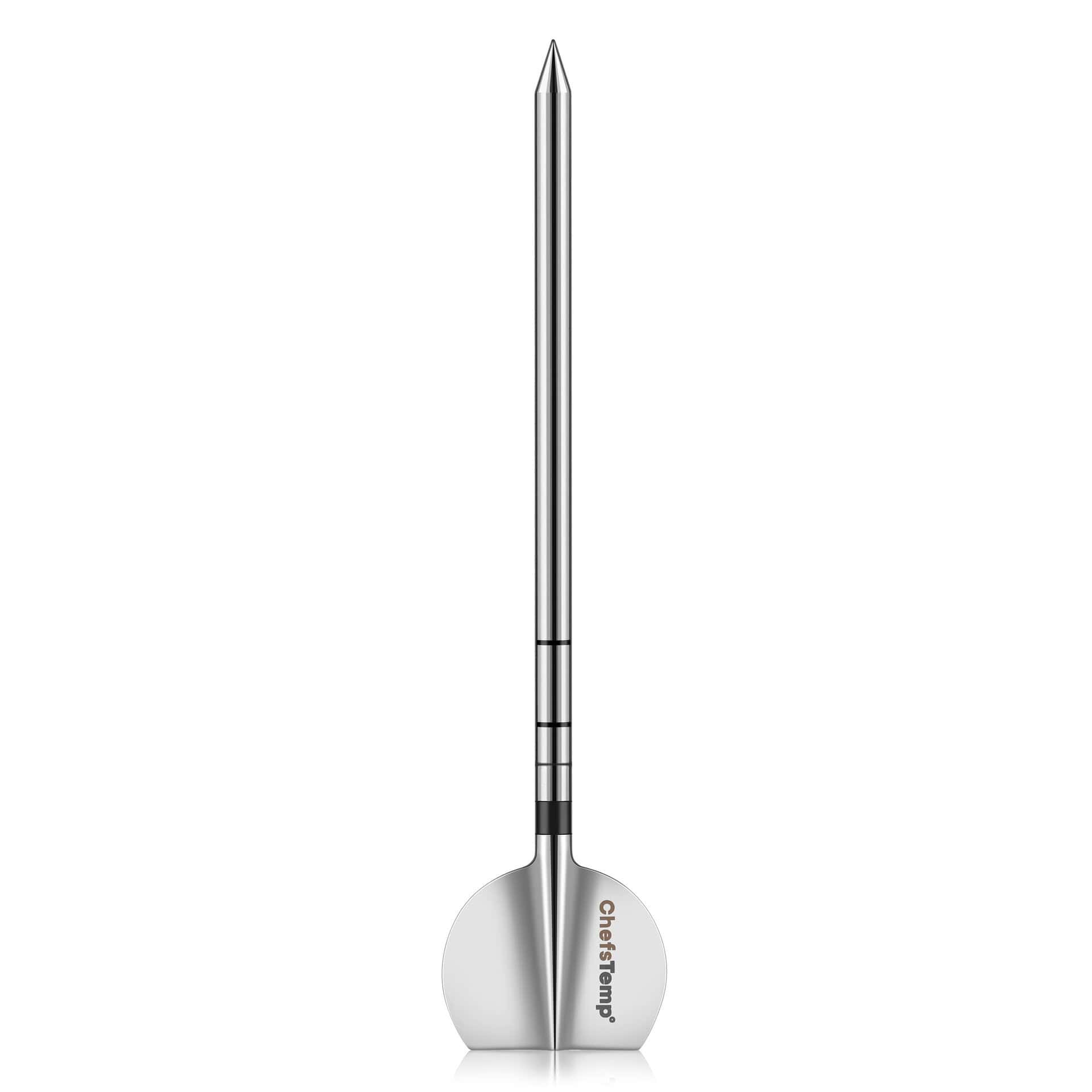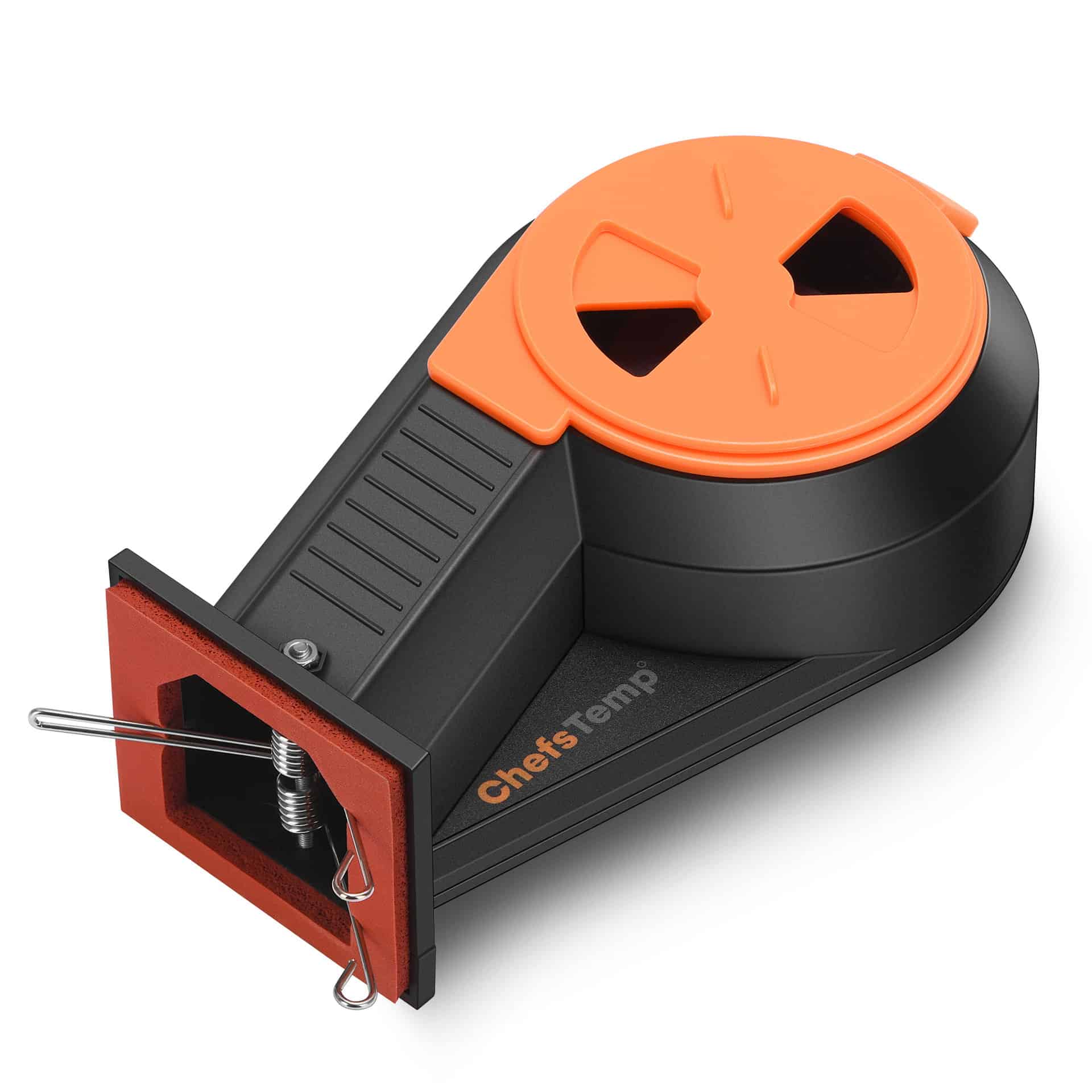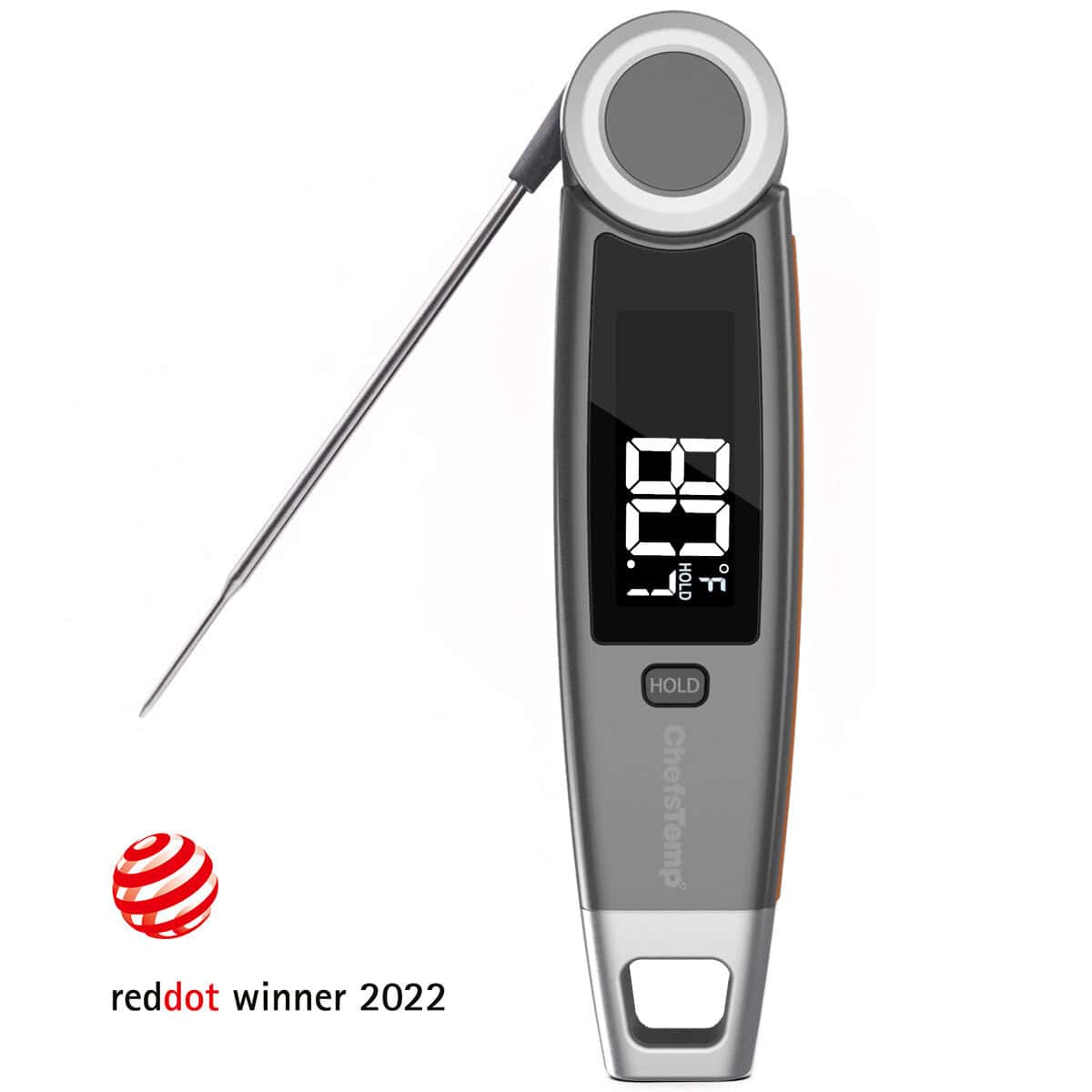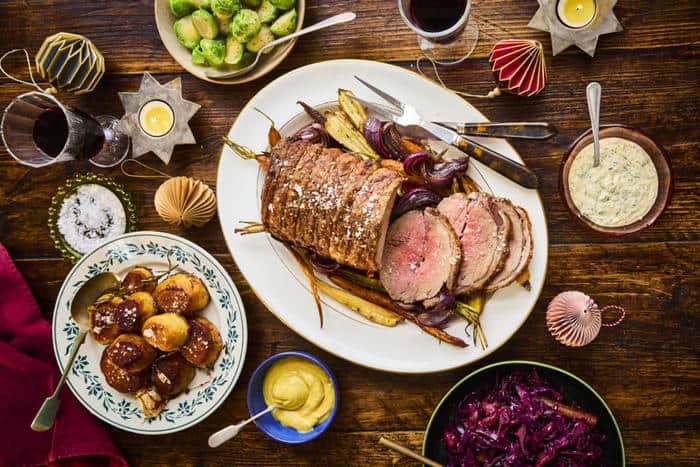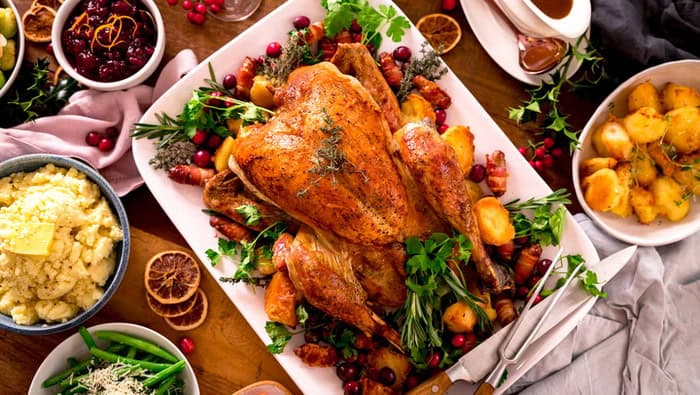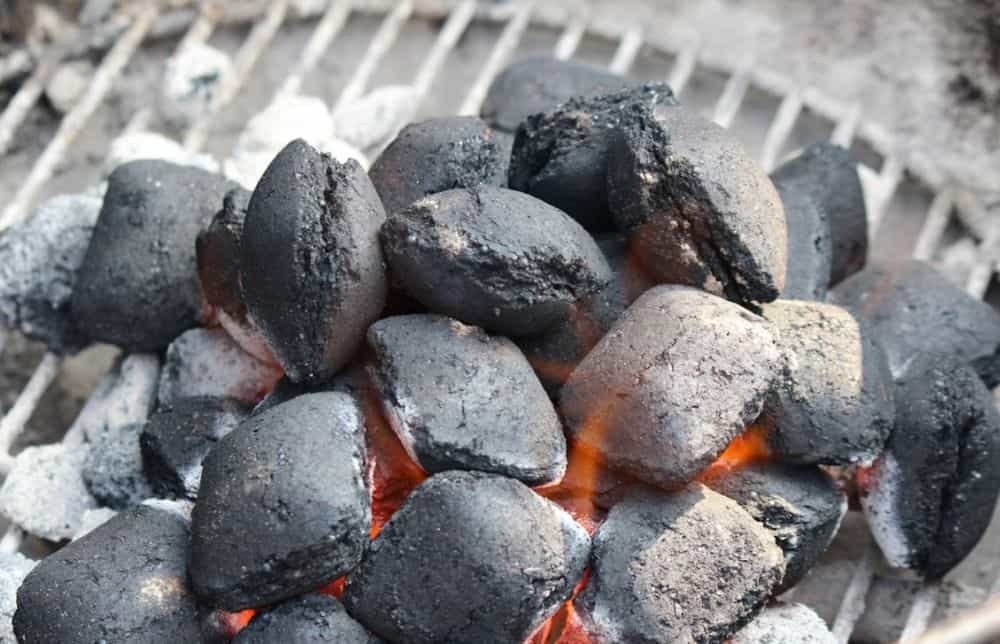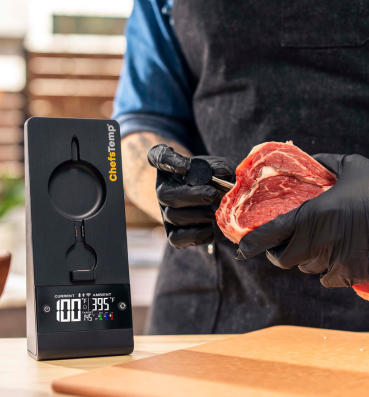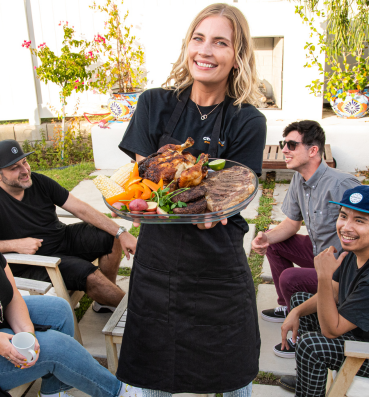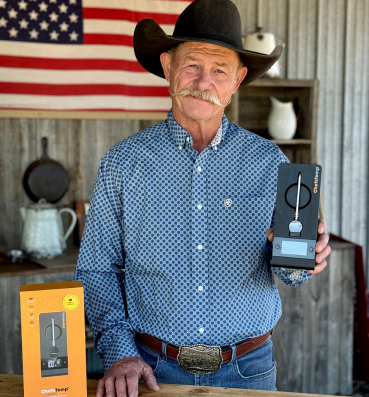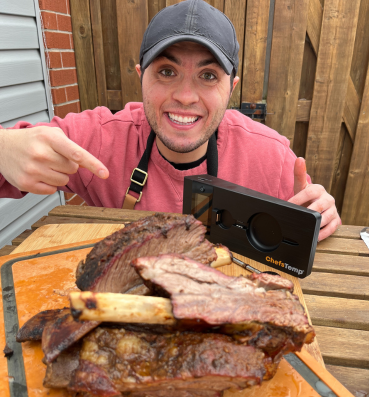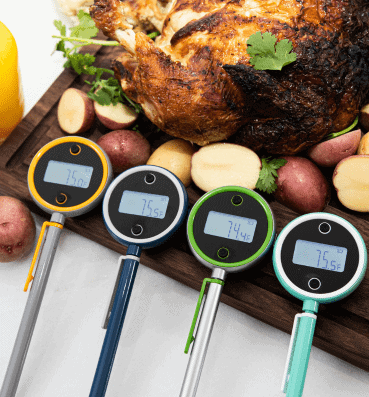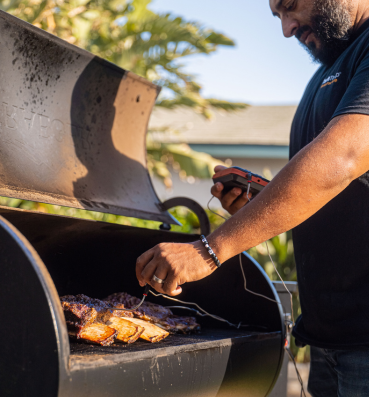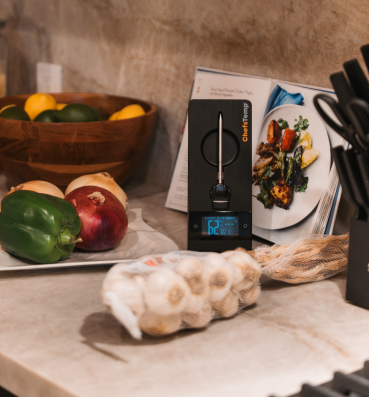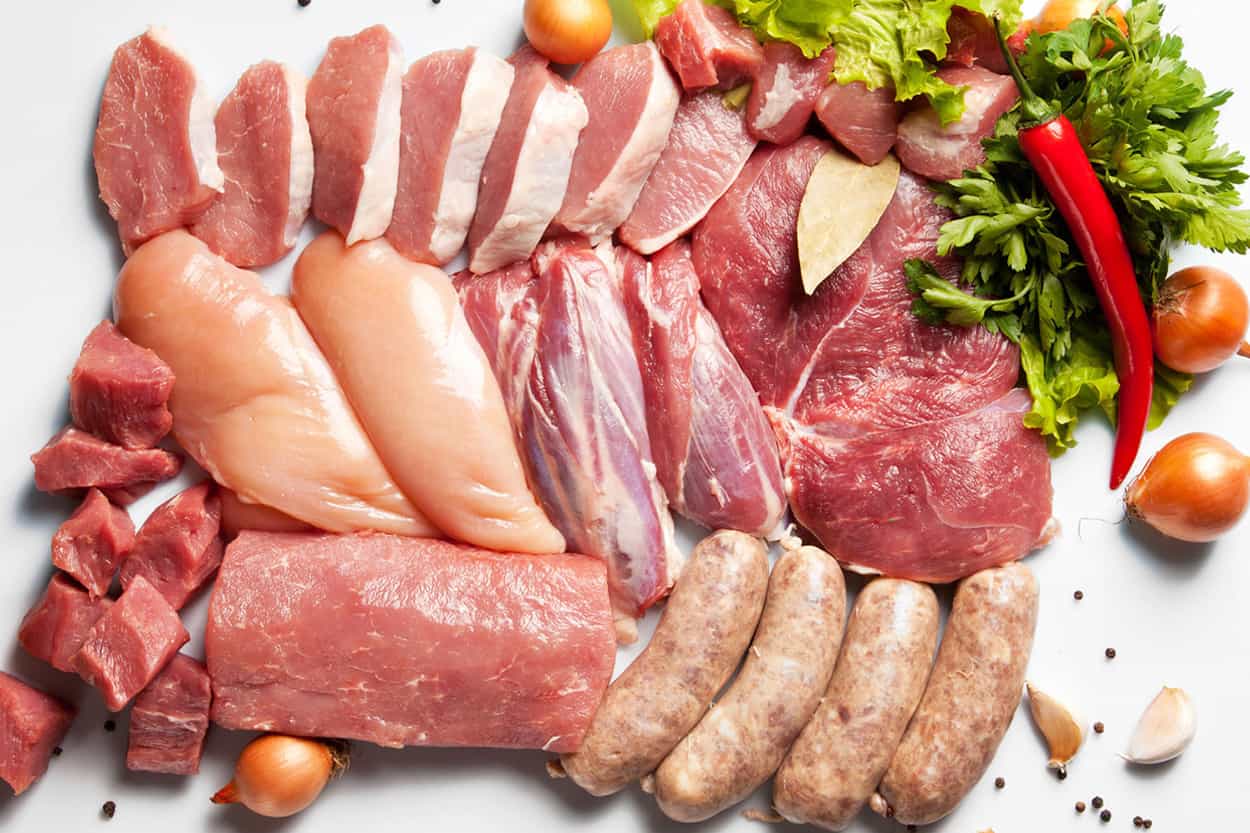
Everything You Need to Know about Meat Temperatures When Cooking at Home
Did you know that eating undercooked meat can result in ingested bacteria like listeria, E. coli, or salmonella? The consumption of these bacteria causes an estimated 96,000 illnesses, 3,200 hospitalizations, and 31 deaths in the U.S. every year.
Even though we often focus on safety when we look at cooking temperatures, texture and flavor are also important considerations.
But how do I know which temperature to cook my meat at, and how do I measure it? Fortunately, technology has solved this challenge by inventing the meat thermometer. This is the device we focus on in this article. We also answer several questions associated with meat temperatures when cooking at home.
Table of Contents
Why Worry about Internal Cooking Temperature?
The reason we need to worry about internal cooking temperature is mainly related to the multiplication of bacteria in certain conditions. Even though we do not see bacteria, it’s there; it’s everywhere.
The U.S. Department of Agriculture (USDA) says that “When bacteria have nutrients (food), moisture, time and favorable temperatures, they grow rapidly, increasing in numbers to the point where some can cause illness.”
Regarding why we should worry about temperature, the USDA proposes that “if we know the temperature at which food has been handled, we can then answer the question, ‘Is it safe?’”
It’s not just important to manage the temperature of the food when we handle or store it; it’s vital to also ensure that food reaches the right temperature when we cook it. This is a view supported by the Meredith Corporation-owned RealSimple.com, which proposes that “Using food thermometers while cooking could prevent many of the 48 million cases of foodborne illness each year.”
What Are the Safe Temperatures to Cook Meat Too?
This all depends on the type of meat you are cooking. Please refer to our meat temperature guide for a complete breakdown off meats and doneness temperatures. https://www.chefstemp.com/steak-chicken-meat-temperature-chart/
Internal Minimum Temperature Is the Only Safe Measure
But aren’t color tests sufficient to tell me if my food is sufficiently cooked? This is the question commonly asked by people who are used to determining whether their meat is sufficiently cooked by looking at the color.
The USDA recognizes that “Many food handlers and consumers believe that visible signs, such as color changes in the food, are indicators that the food is safely cooked.” However, this federal government department advises that “research has shown that color and texture indicators are not reliable.”
To support its views, the USDA says that “Some ground beef may appear to have lost all pink color before it is fully cooked. If raw ground beef is somewhat brown already, it may look fully cooked before it reaches a safe temperature.” On the other hand, “Some lean ground beef may remain pink at temperatures well above the 160 °F final cooking temperature recommended for consumers.”
The idea that color is not a reliable way of showing that food is sufficiently cooked is supported by the Centers for Disease Control and Prevention (CDC), which says that “The only way to tell if food is safely cooked is to use a food thermometer.” Adding, “You can’t tell if food is safely cooked by checking its color and texture.”
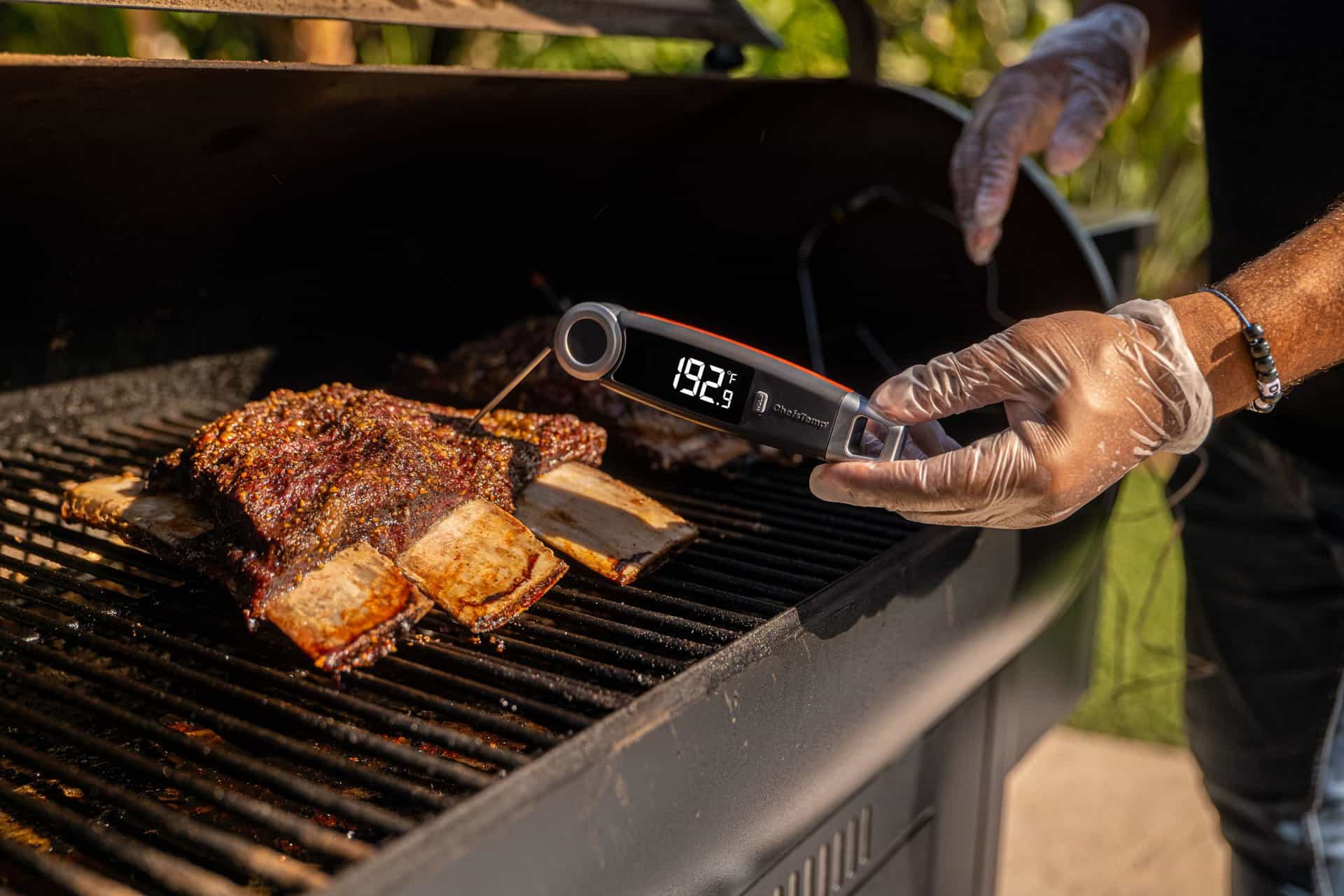
Safe Minimum Temperatures for Beef, Chicken, and Pork
Knowing that it’s important to cook your meat to the right temperature will be of little help if you have no idea what those temperatures are. To make life simple for everyone, the USDA has guidelines for maximum cooking temperatures and rest times for various kinds of meats and foods.
Here are the USDA safe internal temperatures that you need to adhere to when cooking different types of foods:
- 145°F for whole cuts of beef, pork, veal, and lamb (then allow the meat to rest for 3 minutes before carving or eating)
- 160°F for ground meats, such as beef and pork
- 165°F for all poultry, including ground chicken and turkey
- 165°F for leftovers and casseroles
- 145°F for fresh ham (raw)
- 145°F for fin fish or cook until flesh is opaque
FoodSafety.gov, a website managed by the U.S. Department of Health & Human Services, advises that “eggs should be cooked until yolk and whites are firm.” The same department advises that shrimp, lobster, crab, and scallops should be cooked until flesh is pearly or white and opaque. Clams, oysters, mussels must be cooked until shells open during cooking.
You can download a PDF table with guidelines from the Food Safety website.
Changing Recommendations
On May 24, 2020, the USDA announced the latest recommendations (specified above). The department gives two reasons for these changes:
- “It’s just as safe to cook cuts of pork to 145 ºF with a three-minute rest time as it is to cook them to 160 ºF, the previously recommended temperature, with no rest time.”
- “Having a single time and temperature combination for all meat will help consumers remember the temperature at which they can be sure the meat is safe to eat.”
An important concept to understand here is rest time. This is the time required to rest the meat before serving, and the recommended time is usually three minutes. Letting your cooked meat rest allows it to redistribute flavors across the piece and ensures that the temperature inside the meat destroys any remaining harmful bacteria.
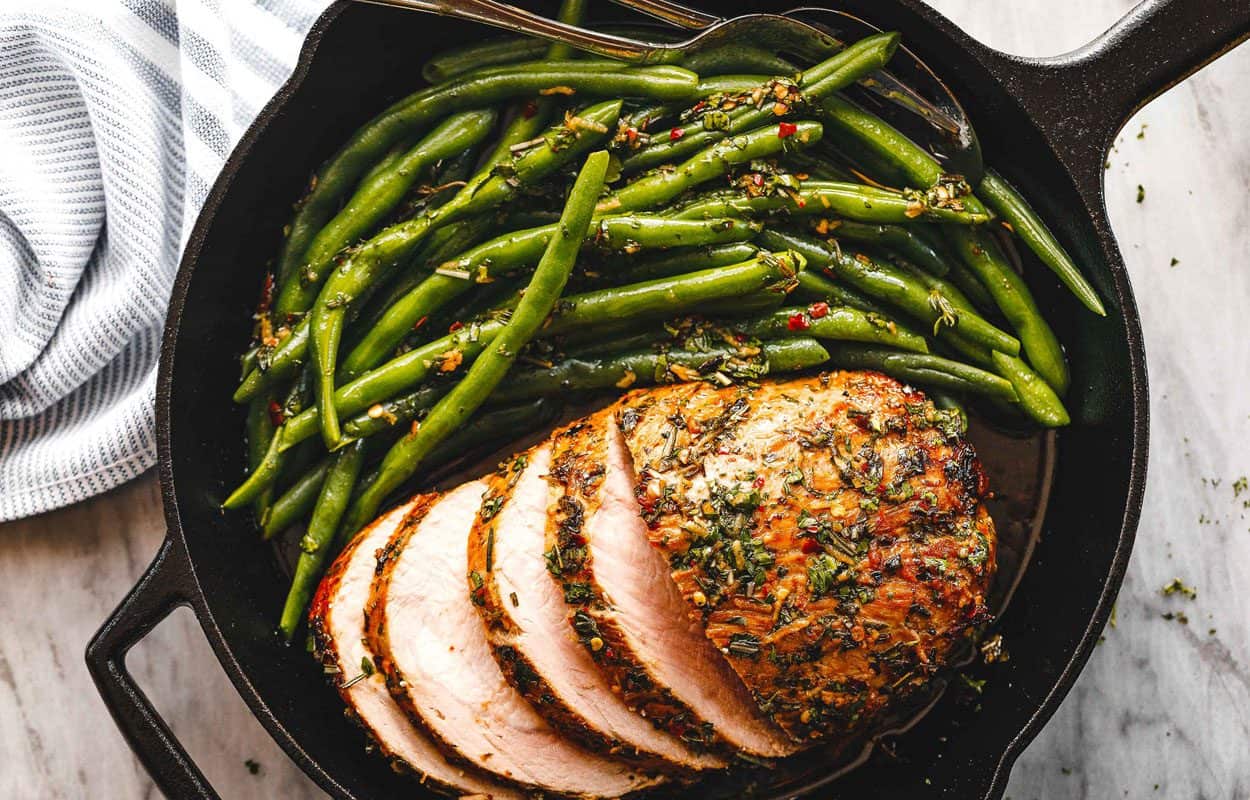
How Temperature and Cooking Affect Texture and Flavor
Although we mostly want to follow the USDA internal temperature guidelines to ensure that food is safe to consume, cooking food at the right temperature guarantees that it retains the right texture and flavors.
Pork.org, a resource for pork cooking inspiration, agrees that adhering to “cooking temperature guidelines will not only result in a safe eating experience but also preserve the quality of your meat for a juicy, tender, delicious meal.”
The United Kingdom education services provider, ACS Distance Education, notes that “The nutritive value of food depends not only upon what and how much is consumed but also how it is prepared.”
ACS Distance Education provides some insights into how proper cooking may increase the appearance and palatability of food. Cooking to the right internal temperature produces the following effects:
- Conserves and enhances natural flavors
- Blends flavors
- Creates the most suitable form, texture, and color
- Makes food easier to digest
- Encourages people to add variety to their diet in terms of appearance, taste, and aroma
It is also generally accepted that when meat is overcooked, it could lose some of its nutrients. This is the reason why adhering to the recommended internal temperatures and rest times is a smart thing to do.
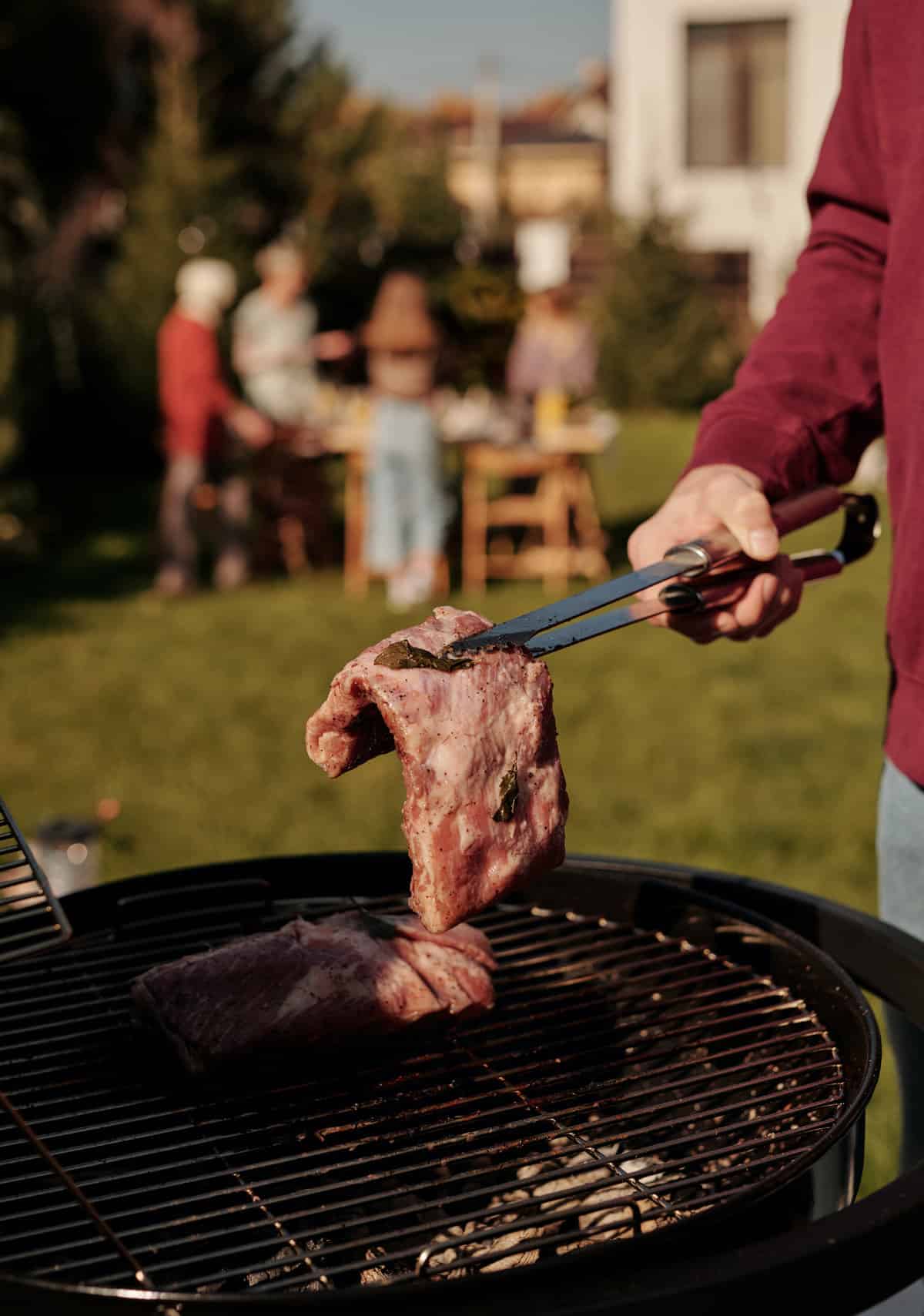
How Long Should You Rest Meat?
The amount of time you need to rest meat depends on what kind of meat it is, and how thick it is.. For any whole poultry or roasts, it is important that you allow this meat to rest for at least twenty minutes before you cut or slice it. Steaks, chops, fried meats like fried chicken, needs to rest for at least 5 minutes. The rule of thumb is if it is under 1.5″ thick, it rests for 5 minutes, if it is over 1.5″ thick or if it is a large portion of meat or a whole bird, it needs to rest for at least 20 minutes for the meat to normalize after cooking and for the juices to return to the middle.
Should You Cover Meat When Resting?
The purpose of covering meat after cooking is to help hold its temperature while the meat is cooling and to help it stay moist. Covering meat after the cooking process is a good practice especially with meats that will rest for at least 20 minutes. Another thing to consider when deciding whether to cover the meat or not is it cooked with a cover over it at any time during the cooking process. If it was, you really should cover it while it rests. Covering steaks or chops or any meats that will only rest for 5 minutes isn’t necessary, and it will also keep the meat cooking, carry over cooking, after removing the meat to rest. Once it has rested for 5 minutes, you can cover it then to keep hot for eating.
Meat Thermometers
The only way to avoid guesswork when cooking meat is to use a meat thermometer.
A meat thermometer is a device used to determine the internal temperature of a piece of meat at any stage in the cooking process. The device comes with a form of display that is either digital or a dial, and it has a metal probe that has a sharp point that penetrates the meat.
Thermometers can come in different models, including a single probe of multiprobe. While a single-probe meat thermometer is cheap, it can only monitor a single section of the meat. This means that you will need to insert the thermometer into different meat parts to get an accurate reading.
The multiprobe thermometer is more expensive, but its ability to connect to different probes makes it possible to quickly get an accurate temperature reading of the whole piece.
Another element you may want to know about meat thermometers is that they can be categorized into two broad groups: the oven-going meat thermometer and the instant-read meat thermometer.
The oven-going meat thermometer is placed on the meat cut before placing the meat in the oven or grill. It stays in the oven together with the meat while cooking. On the other hand, the instant-read meat thermometer provides an instant reading when inserted into the meat at a specific time.
Tips for Using a Meat Thermometer
Having a meat thermometer and not being able to use it properly will not be helpful. For instance, you will need to know in which part of the meat to insert the probe. You will also need some knowledge on how to care for your device. We went out looking for some tips on using the device.
- Clean the thermometer with soapy water before you use it and when done.
- Insert the meat thermometer in the thickest part of the piece, ensuring that it does not touch fat, gristle, or bone.
- Ensure that the metal probe goes all the way to the center of the piece of meat.
- For burgers, insert the metal probe through the side of the patty.
- If you are cooking more than one piece, separately check the temperature of each piece.
- Remove the meat from the heat source when the temperature reading is 5°F lower than the desired doneness because the temperature continues to rise while the meat is resting.
Check the meat temperature while the meat is still in the heat source or as soon as you remove it from the heat source.
Look at Food Safety Holistically
Making sure that you cook your meat to the proper internal temperature is only one of the measures you can take to secure your family’s health.
The CDC advises that ensuring the right internal temperature when cooking should be supported by other measures such as washing your hands and cleaning surfaces often and making certain that you keep meat separate from other foods so that you don’t cross-contaminate. It is also important to refrigerate your unconsumed cooked meat within two hours of cooking.
Discover Other ChefsTemp Products
Discover more recipes and learn kitchen tricks by joining our cooking family on Facebook.
You may also like:

